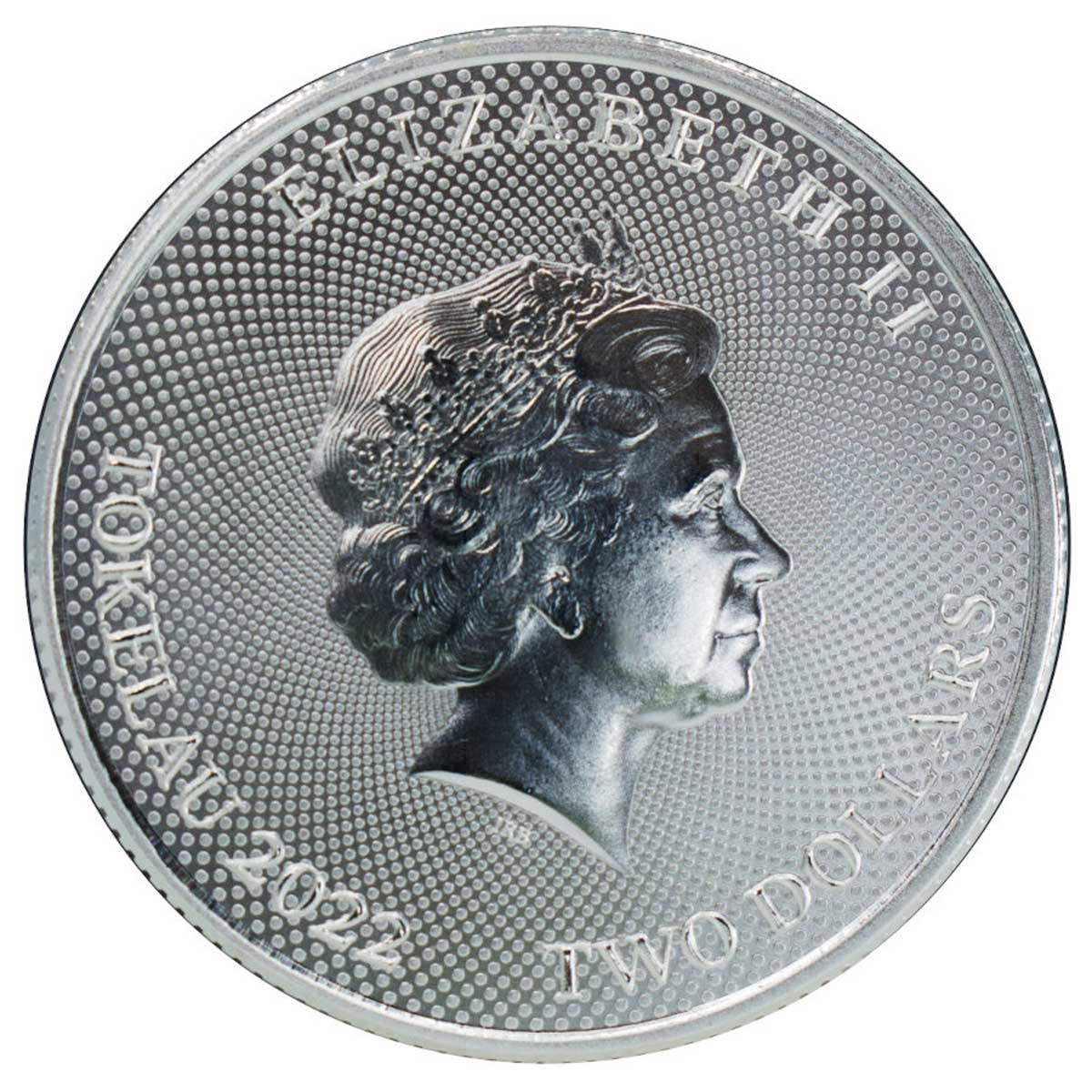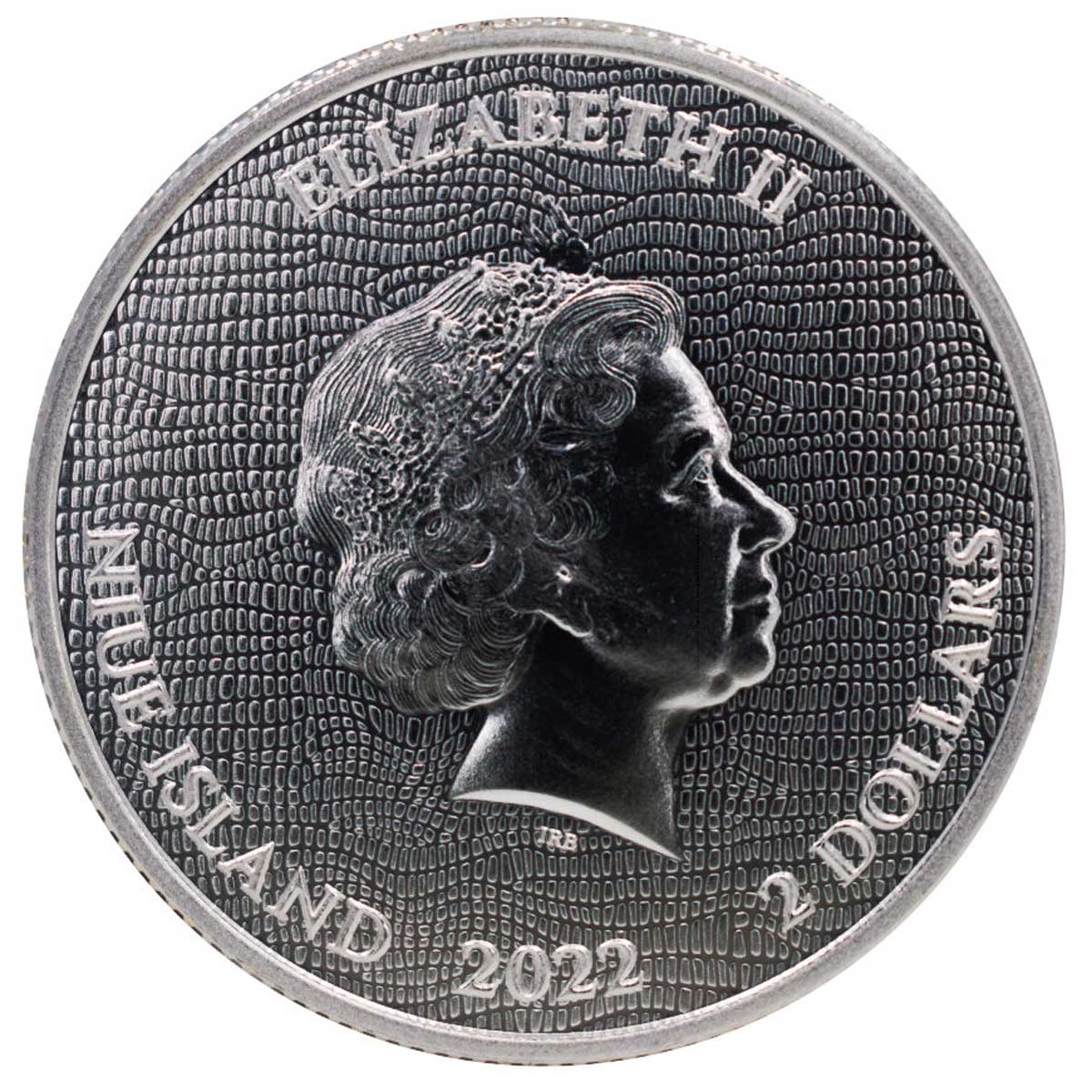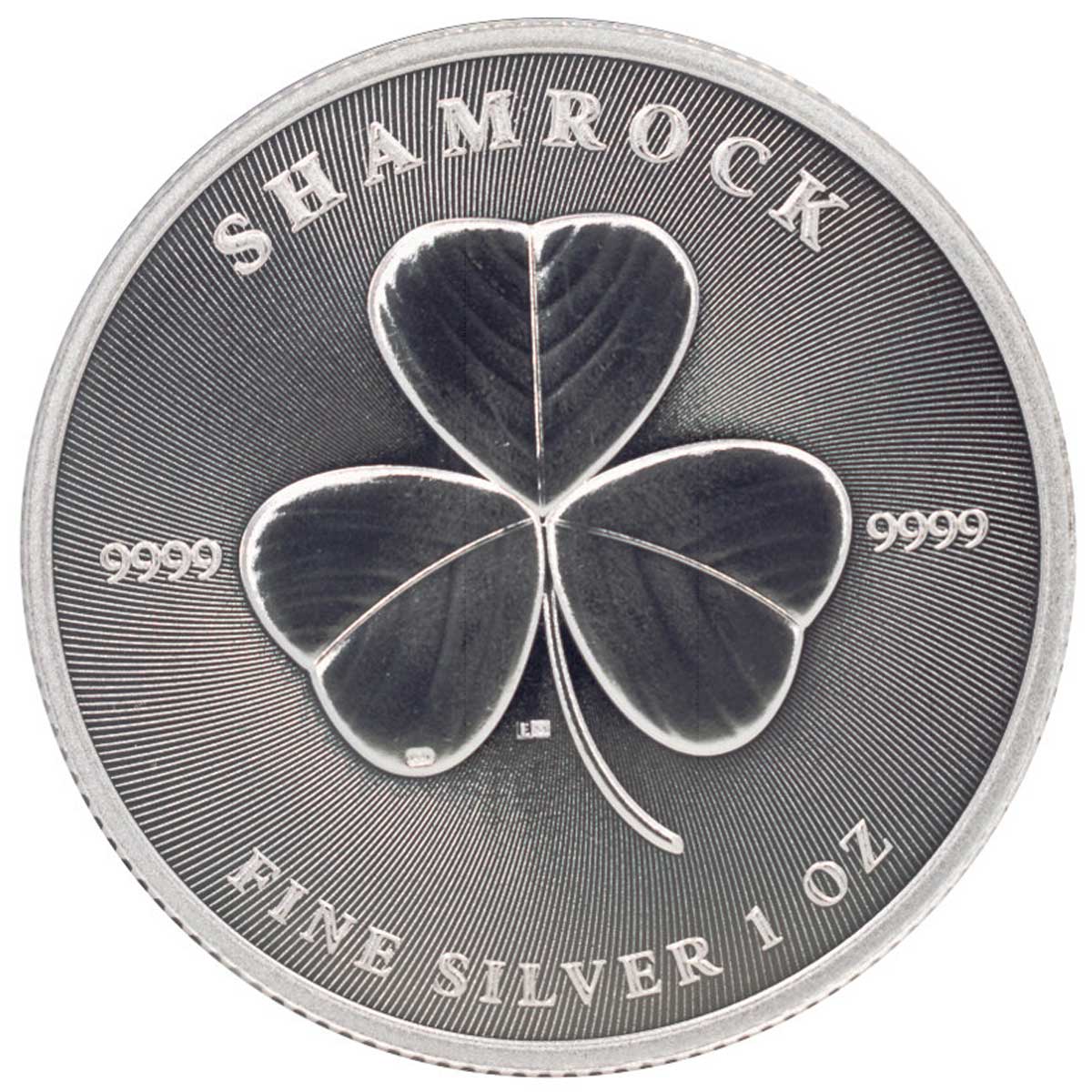Countries of the British Isles are a fertile ground for European Mint’s new trio of silver bullion coins
The low mintage silver bullion coin market has never been more alive with new releases than it has during the last few years, and the selection of offerings show no signs of abating. Big Estonian bullion dealer, European Mint, who you’ll no doubt know from their pretty Perth Mint struck series, the Australian Emu, has increased their presence with five new coins, and we’re looking at three of them here.
The link between all three is that of national symbolism, specifically, in this case at least, of countries in the British Isles. They have much in common with each other. All are an ounce of 0.9999 silver in format, all have the effigy of QEII on their obverse, all have a background field pattern, and all have mintages below 50,000 units. Despite that, it’s actually a good mix of styles, aided by the subjects, and all, especially Hibernia, should have appeal to the more classically minded coin collector. All are available to order now. We’ll take a look at the other two offerings shortly.
Hibernia was the old Latin name for Ireland, used by Greek and Roman writers in various forms. Indeed, the Roman historian Tacitus, in his 98 AD biography, Agricola, about his father-in-law, Gnaeus Julius Agricola, the Governor of Britain, wrote of his plan to conquer the island in 80 AD. The Roman emperor, Vespasian, forbade it, and it was spared, never becoming part of the Roman Empire.
The female personification of Hibernia, is a later addition, and was popularised in the 19th century, depicted as a junior to Britannia. With these figures becoming very popular in modern numismatics, it’s of little surprise that the Irish figure has appeared, but perhaps surprising that it’s taken so long. The coin has a classic depiction, very much in the style of the Royal Mint’s ‘Britannia’, and the Germania Mint’s numerous offerings, right down to the patterned background field.
The figure is, like most of this type, fairly generic, with the national essence coming from what they are depicted with, such as Britannia’s trident. In Hibernia’s case, that will be the lyre, something most will know from its adorning of a bottle of Guinness. A coin that should have plenty of appeal to the collector of the classics.
| DENOMINATION | COMPOSITION | WEIGHT | DIAMETER | FINISH | MINTAGE | BOX / COA |
|---|---|---|---|---|---|---|
| $2 NZD (Tokelau) | 0.9999 silver | 31.1 g | 38 mm | B / Uncirculated | 50,000 | NO / NO |
Not as ancient as the use of Hibernia, the Welsh Dragon was first noted as a symbol of Wales in the Historia Brittonum, written in 828/9 AD, during the reign of King Mermenus. Famous as being the first written portrayal of the legend of King Arthur, Historia Brittonum, possibly written by Nennius, it’s been suggested the dragon was an Arthurian battle standard, but it’s likely it evolved from earlier Romano-British usage.
The Red Dragon has been a popular fixture in English heraldry, with the Tudor dynasty incorporating it into their banners, having originated in Wales. It was supplanted by the Scottish Unicorn when the Scottish king, James I, ascended to the English throne as well. It remains to this day on the Royal Seal of Wales.
The coin will be the first in a new ‘Heraldic Animals’ series, which should give them plenty of material to choose from as the series progresses. There’s a classic depiction of the Welsh Dragon in the centre, and a neat, almost reptile-skin texture on the background field. That background also extends to the obverse, which has the Ian Rank Broadley effigy of Queen Elizabeth II at its centre. Looks a good coin, although we’d like to get some better images of this, and the others here, and will try to obtain one for a photoshoot.
| DENOMINATION | COMPOSITION | WEIGHT | DIMENSIONS | FINISH | MINTAGE | BOX / COA |
|---|---|---|---|---|---|---|
| $1 NZD (Niue) | 0.9999 silver | 31.1 g | 38 mm | B / Uncirculated | 15,000 | NO / NO |
This small sprig has become synonymous with Ireland through its supposed link with the country’s patron saint, Saint Patrick. The shamrock is said to have been used by St. Patrick to explain the Holy Trinity to the 5th century population he was in the process of converting to Christianity. Appropriately, the first link between the two came from a depiction on coins from circa 1675.
The name ‘Shamrock’ is a derivative of an Irish word, and means simply ‘Young Clover’. Ironically, given its origins, it is the four-leaf clover that is associated with luck and not the more religiously linked three-leaf sprig.
Again, a simple design, with the shamrock in the middle on the reverse face, and the effigy of Queen Elizabeth II on the obverse. As with the previous two coins we’re looking at here, there’s a patterned background field on both faces, in this case one of geometric radiating lines. A coin that will sit nicely alongside a Canadian Maple, or a Germania Oak Leaf, for example.
| DENOMINATION | COMPOSITION | WEIGHT | DIAMETER | FINISH | MINTAGE | BOX / COA |
|---|---|---|---|---|---|---|
| $2 NZD (Niue) | 0.9999 silver | 31.1 g | 38 mm | B / Uncirculated | 25,000 | NO / NO |








Looks like Hibernia images haven’t been uploaded 😉
Calico Jack, and what is the 5th???
Hibernia images are there, and always have been. Maybe a browser cache issue?
The fifth is a Bitcoin themed issue.
Thanks for the answer.
re Hibernia that’s strange, I’ve even tried several browsers with the same result. Not an issue though, surely.
Hi Alex. I stand corrected. They were there, but the container they were in was scheduled, but unpublished, so they were only visible to me. I’m an idiot. Sorry. Fixed now.
Hi Mik. Thank you, cause I thought something wrong with my browsers :))) And please don’t be too pushy to yourself – you do a great job, and everybody has a right for mistake :)))
Why only three? isn’t England included?